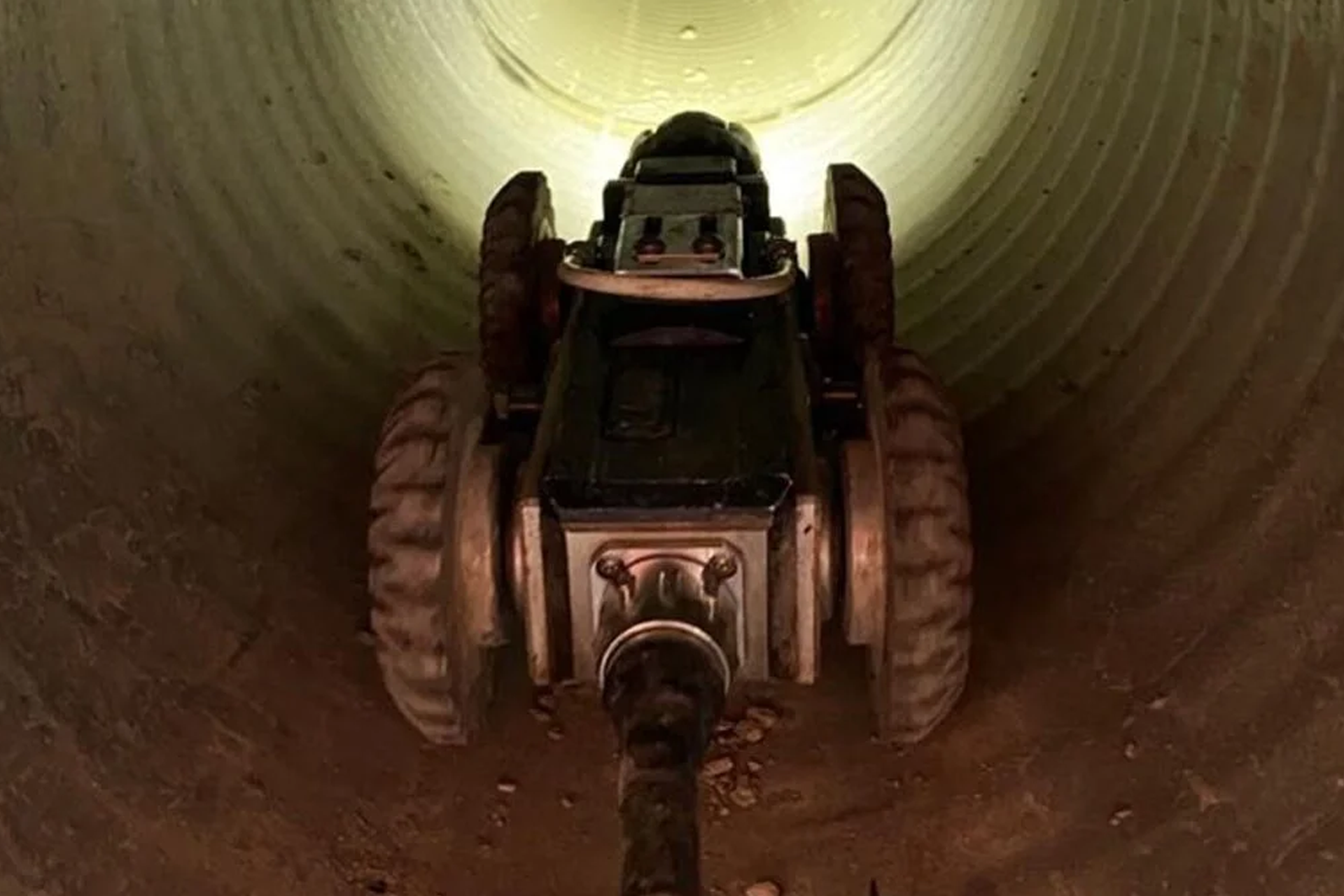The Definitive Guide for Reclaim Waste
Table of ContentsTop Guidelines Of Reclaim WasteWhat Does Reclaim Waste Mean?The smart Trick of Reclaim Waste That Nobody is DiscussingExamine This Report on Reclaim WasteThe 4-Minute Rule for Reclaim Waste
Domestic sewer waste refers to the waste and products from a residential septic container. The proper administration and disposal of domestic sewer waste require fluid waste to be moved to a sewage therapy plant where the proper methods and devices are applied to purify and dispose of waste.
Commercial waste commonly includes possible risks, such as flammable products or a mix of fluid and strong waste products, and needs a more sophisticated and in-depth disposal procedure. The disposal of commercial waste normally entails the filtration of waste prior to transport to make sure safe and correct disposal. Hazardous waste is produced from by-products and overflow of industrial procedures and manufacturing.
This sort of waste can not use the very same sewage management transportation or processes as septic or business fluids. The industrial waste monitoring process needs the evaluation and screening of liquid waste prior to it undergoes the disposal procedure (industrial wastewater treatment). Overflow waste is the liquid waste that originates from drainage and excess stormwater in highly booming locations or cities
Overflow waste can cause contamination and flooding otherwise dealt with appropriately. Discover more about drain cleaning and waste management. Guaranteeing correct waste administration can protect against calamities and reduce ecological injury. Both individuals in residential settings and professionals in industrial or manufacturing industries can profit from understanding the procedures and policies of fluid waste administration.
The Ultimate Guide To Reclaim Waste
Contact PROS Services today to learn more about our waste monitoring and disposal solutions and the correct means to take care of the fluid waste you create.
(https://hub.docker.com/u/reclaimwaste1?_gl=1*1980ev1*_ga*MTgwOTc3Nzc2OS4xNzMxMzI1Mzkw*_ga_XJWPQMJYHQ*MTczMTMyNTM5MC4xLjEuMTczMTMyNTcwOC4xMC4wLjA.)This so-called 'wastewater' is not only an essential resource however, after treatment, will certainly be launched to our land, rivers or the ocean. Made use of water from commodes, showers, bathrooms, cooking area sinks, washings and industrial processes is understood as wastewater.

water used to cool down machinery or tidy plant and equipment). Stormwater, her latest blog a form of wastewater, is overflow that streams from agricultural and city areas such as roofing systems, parks, yards, roadways, paths and seamless gutters into stormwater drains, after rain. Stormwater moves neglected directly to neighborhood creeks or rivers, eventually reaching the ocean.
How Reclaim Waste can Save You Time, Stress, and Money.
In Queensland, a lot of wastewater is treated at sewer treatment plants. Wastewater is moved from domestic or commercial sites through a system of sewage systems and pump stations, known as sewerage reticulation, to a sewer treatment plant.
The Department of Natural Resources recommends local federal governments concerning managing, operating and keeping sewage systems and therapy plants. In unsewered locations, city governments might need householders to mount private or home sewage treatment systems to treat domestic wastewater from commodes, kitchens, washrooms and laundries. The Department of Natural Resources authorises making use of home systems when they are confirmed to be reliable.
Many stormwater receives no therapy. In some brand-new neighborhoods, treatment of some stormwater to get rid of litter, sand and crushed rock has started utilizing gross pollutant catches. Wastewater treatment takes place in 4 stages: Eliminates strong issue. Larger solids, such as plastics and other things incorrectly discharged to sewers, are removed when wastewater is travelled through screens.
Utilizes tiny living microorganisms understands as micro-organisms to damage down and remove remaining liquified wastes and great fragments. Micro-organisms and wastes are incorporated in the sludge.
The 7-Minute Rule for Reclaim Waste
Nutrient elimination is not readily available whatsoever sewage therapy plants because it requires expensive specialised tools. It is coming to be extra usual in Queensland. Clear fluid effluent created after treatment might still include disease-causing micro-organisms. If this effluent is launched right into waterways such as rivers or the sea, the micro-organisms will eventually pass away out.

This generally suggests wastewater has actually to be dealt with or impurities eliminated prior to it can be discharged to rivers. Most wastewater moves right into the sewage system. Under the Act, neighborhood federal governments carry out approvals and permits for ecologically relevant activities (Ages) including wastewater launches that could have a neighborhood influence. The department provides approvals and permits to ERAs involving wastewater releases that might have a regional or statewide impact.
3 Simple Techniques For Reclaim Waste
Surveillance provides valid information about water top quality and can verify that permit problems are being satisfied. The information acquired via surveillance gives the basis for making water high quality choices.